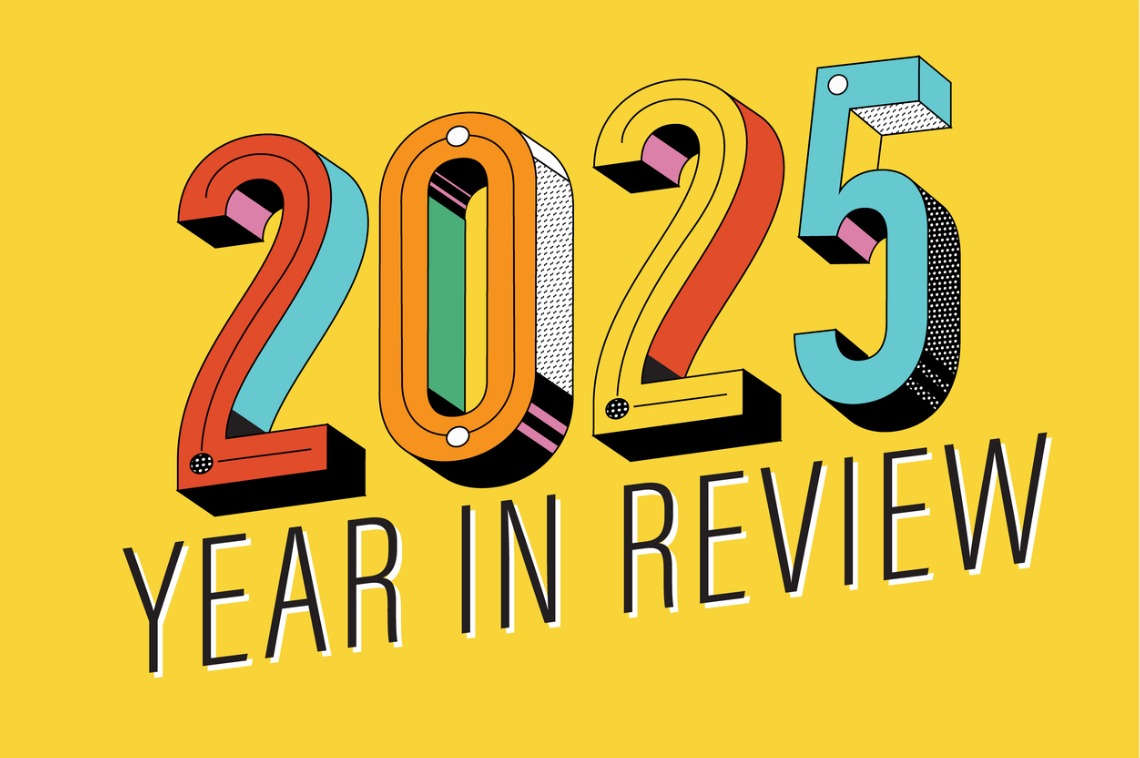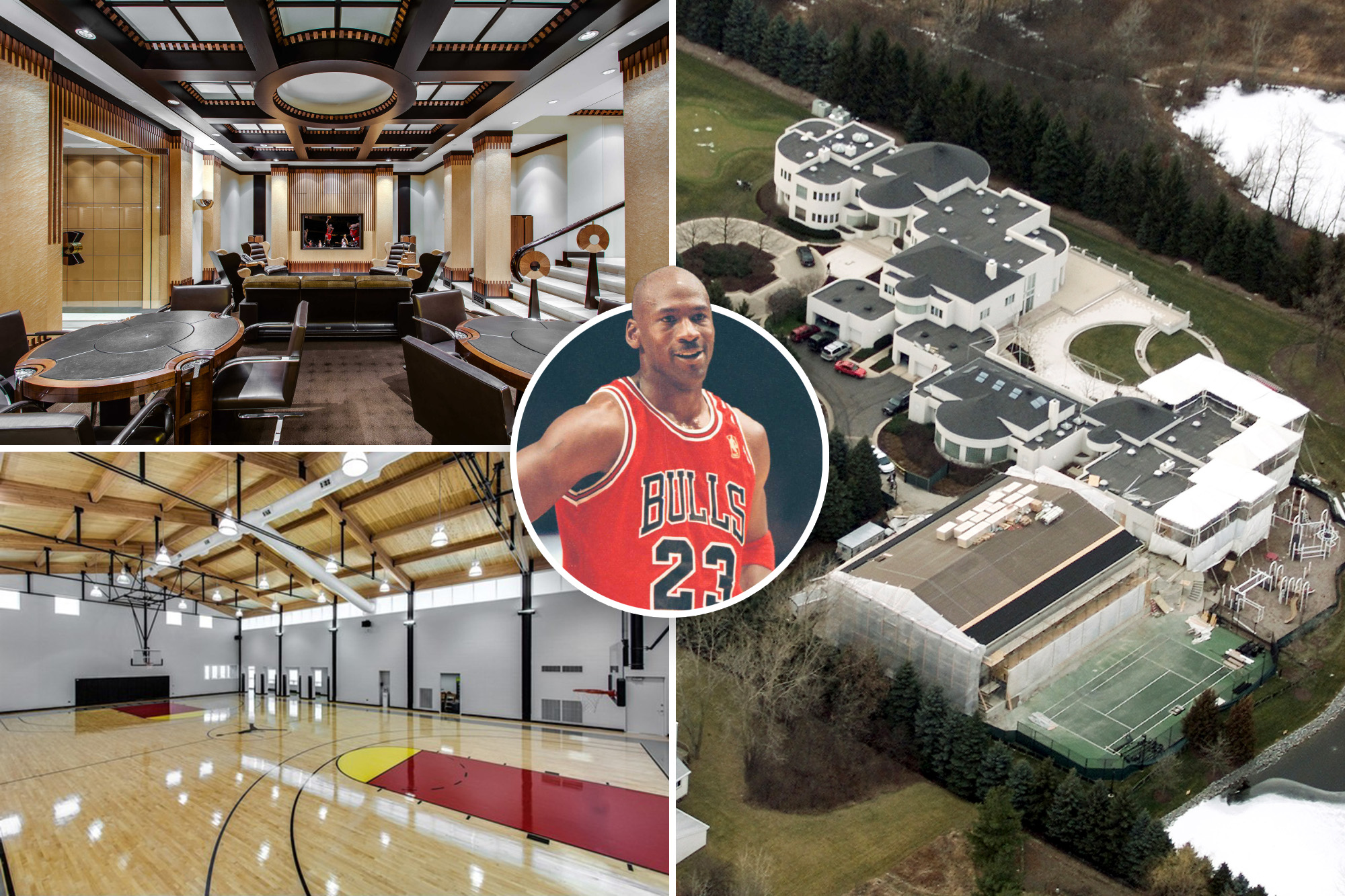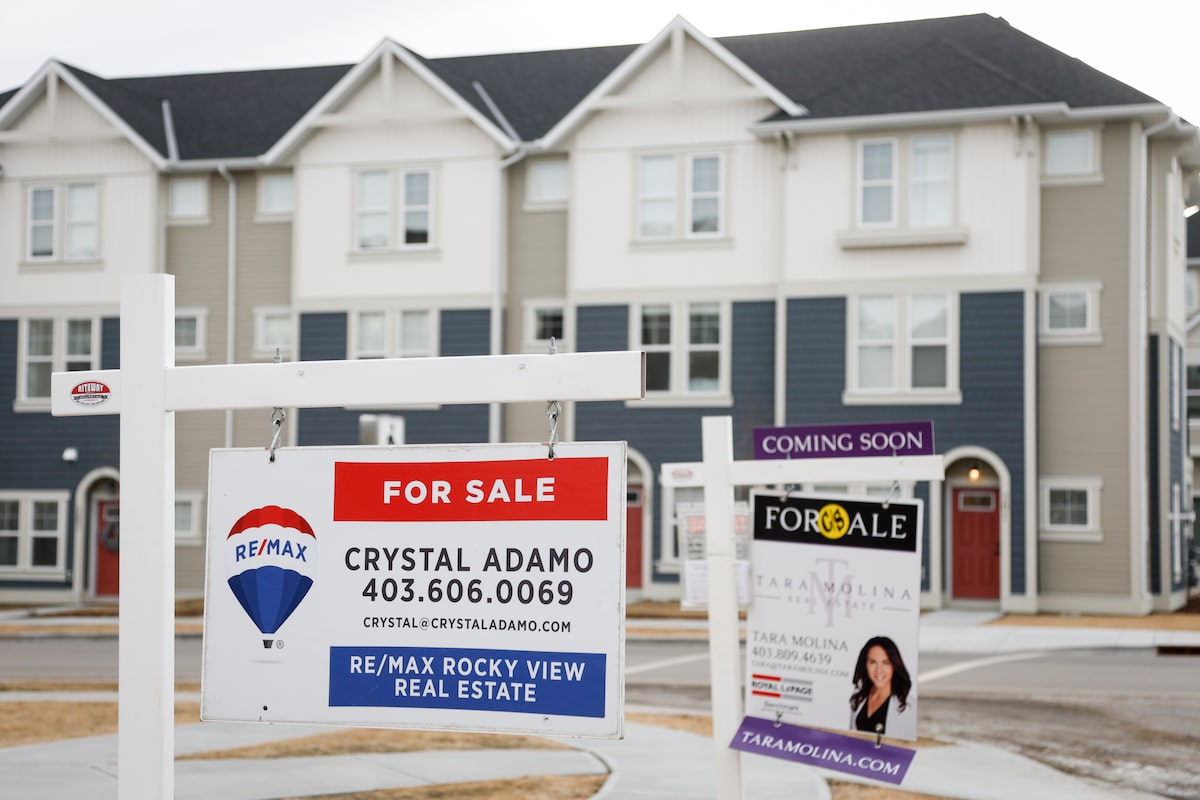T
he housing market in the United States is a tale of two extremes, with some cities offering a respite from the crushing weight of mortgage payments. According to a recent analysis by U.S. News & World Report, Detroit takes the top spot as the most undervalued housing market, where homeowners spend a mere 17% of their income on housing expenses.
This phenomenon is defined by households spending significantly less on housing costs as a share of income than the national average. The Department of Housing and Urban Development classifies households that spend more than 30% of their gross monthly income on housing as "cost-burdened," leaving them with a smaller share of their earnings for other essentials.
The national average share of income spent on housing stands at around 36%, based on the latest available figures from November 2024. However, payment-to-income ratios can vary widely between metros, making some cities more attractive than others for homeowners looking to keep more money in their pockets.
Four of the five most undervalued markets are clustered in the Midwest's Rust Belt, with Detroit leading the pack due to its low-priced homes relative to both national and local incomes. According to Realtor.com senior economic research analyst Hannah Jones, "Homes in Detroit and Cleveland are low-priced because they faced economic challenges in the past, which led to falling local populations and lower housing demand."
As a result, both cities have experienced a comeback fueled by new economic opportunities and a low cost of living, attracting more affluent homebuyers. This has kept home prices low, resulting in a favorable home cost-to-income ratio.
The top five undervalued markets are:
1. Detroit (17% payment-to-income ratio)
2. Cleveland (19.1%)
3. Philadelphia (19.9%)
4. St. Louis (20.7%)
5. Oklahoma City, OK (23.2%)
Notably, recent data analysis from Realtor.com found that more than 62% of households in Detroit and St. Louis can afford a home, with the median household income needed to buy a typical home below $73,000.
When it comes to renting, the most undervalued markets are also clustered in the Midwest and East, with Detroit taking the top spot once again at 19.1%, followed by Columbia, SC (19.9%), Philadelphia, Cleveland, and Chicago.
For those deciding whether to buy or rent, the difference between payment-to-income ratios is crucial. Nationally, owning a home costs about 4.2% more than renting one. However, in Detroit, the median monthly mortgage payment is nearly 8% less than renting, making buying a more attractive option. Similarly, Americans looking to save on housing could be better off buying rather than renting in Columbia, SC, Philadelphia, Cleveland, and Chicago, where the buy-vs-rent ratios range between 6.26% and 2.44%.















